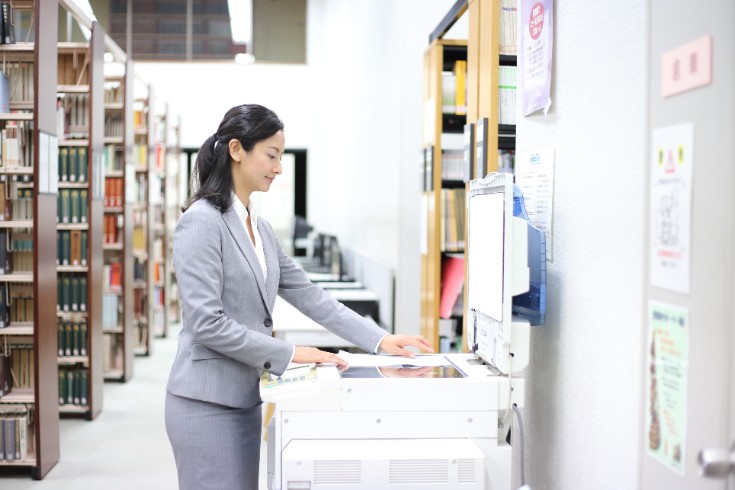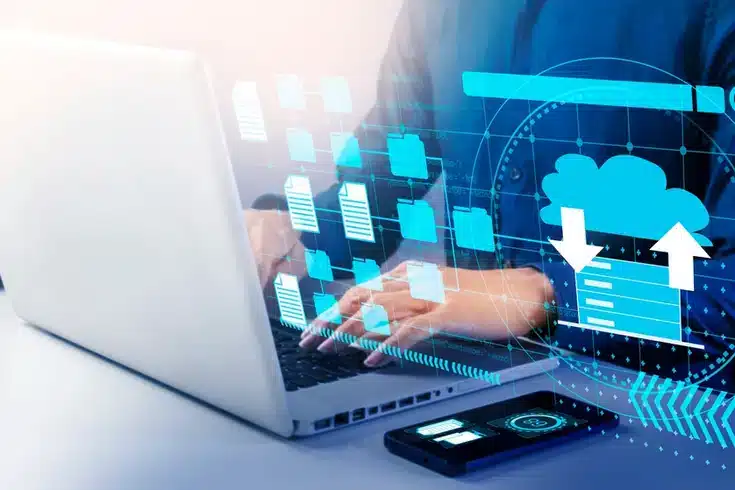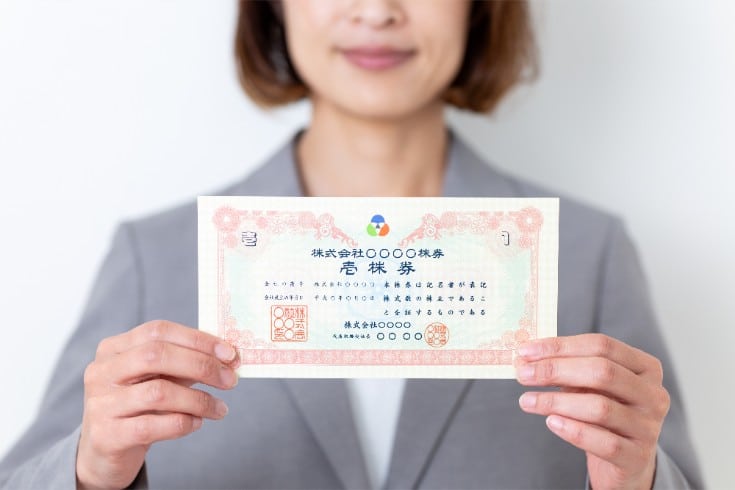Limitations of Rights under Japanese Copyright Law: Explaining Private Use and Reproduction in Libraries

The Copyright Law of Japan aims to protect the rights of creators while simultaneously ensuring the fair use of cultural works, thereby contributing to the development of culture. As Article 1 of this law indicates, copyright is not merely for the protection of the creator’s financial interests, but also a system designed to promote the cultural development of society as a whole. To achieve this purpose, the rights of copyright holders are not absolute and are subject to limitations under specific circumstances. These ‘limitations on rights’ provisions allow for the exceptional use of copyrighted works without the consent of the copyright holder and are a crucial balancing function to fulfill the law’s objectives. The requirements for these provisions are strictly defined to prevent undue harm to the interests of copyright holders and to ensure that the normal use of works is not hindered. The limitations on rights are an intentional design of the system to achieve the purpose of the law, not merely a loophole. In this article, we will provide a detailed explanation, based on specific articles and case law under Japanese Copyright Law, of the particularly misunderstood ‘reproduction for private use’ in corporate activities and ‘reproduction in libraries,’ which play an important role in research activities. Notably, the general perception of ‘private use’ does not apply in the legal context, especially within corporate activities, making it an extremely important piece of knowledge for compliance.
The Basic Concepts of Copyright Limitations Under Japanese Law
In contrast to the United States’ flexible and comprehensive ‘Fair Use’ doctrine, the limitations on rights under Japanese Copyright Law are a collection of specific exceptions, each defined by individual articles for particular purposes and manners of use. Therefore, as a general rule, the use of copyrighted works in Japan requires the permission of the copyright holder, and permission is not necessary only when the user’s actions fully meet the requirements of any of these limitations. The fundamental principle in interpreting these provisions is to avoid unjustly harming the interests of the copyright holder. This principle becomes a crucial guideline when courts determine the scope of these exceptions. Consequently, even if the use appears to formally satisfy the wording of the articles, if such use diminishes the market value of the work and substantially harms the economic interests of the copyright holder, the application of the limitations may not be granted.
Reproduction for Private Use Under Japanese Copyright Law (Article 30)
Article 30, Paragraph 1 of the Japanese Copyright Law permits the reproduction of copyrighted works for the purpose of “personal use or within a similarly limited scope such as within the household.” This is known as “reproduction for private use,” one of the most fundamental limitations on rights. To apply this provision, three main requirements must be met. First, the scope of use must be “personal or within the household or a similarly limited scope.” This refers to a very closed and small group, such as family or close friends, and does not typically include colleagues at a company. Second, the individual who reproduces the work must be “the user” themselves. This means that the person utilizing the copyrighted work should carry out the reproduction, and outsourcing the reproduction to an external service provider does not generally satisfy this requirement. Third, the purpose must be for private use.
The most critical point for corporate activities is that reproductions made for business purposes within a company do not fall under “private use.” This interpretation has been established through case law, particularly the Tokyo District Court decision on July 22, 1977 (Stage Set Design Diagram Reproduction Case). In this case, the court ruled that “acts of reproducing copyrighted works within a corporation or other organization for internal business use cannot be considered for personal use, nor can they be considered use within a similarly limited scope as within the household,” thereby clarifying that reproduction within a company does not constitute private use. Since a corporation has a legal personality, its activities cannot inherently be “personal.” A corporation is an organization formed for economic purposes, and its members, the employees, can be fluid and numerous, thus not meeting the “similarly limited scope as within the household” requirement. Therefore, even if for internal use, such as copying newspaper articles for meeting materials or reproducing technical literature for research and development, these actions cannot be performed without the copyright holder’s permission and carry the risk of copyright infringement. This is a significant compliance issue that is often overlooked by companies engaged in international business operations.
Exceptions to Private Use: When Reproduction Is Not Permitted
Article 30 of the Japanese Copyright Law allows for reproduction for private use, but it explicitly excludes certain conditions where this allowance does not apply. These exceptions are in place to prevent the excessive harm to copyright holders’ interests due to the mass and high-quality reproduction made possible by technological advancements.
Reproduction Using Automatic Copying Machines
Article 30, Paragraph 1, Item 1 of the Japanese Copyright Law excludes reproductions made using “automatic copying machines intended for use by the public” from the scope of rights limitations, even if they are for private use. This provision aims to prevent the spread of copyright infringement due to the widespread availability of machines that can easily produce high-quality copies. However, there is an important exception to this rule. The supplementary provision Article 5-2 of the Japanese Copyright Law states that, for the time being, automatic copying machines exclusively used for reproducing documents or drawings, such as those commonly found in convenience stores, are exempt from this regulation. As a result, currently, individuals are allowed to reproduce parts of books using convenience store copiers for private use under Japanese Copyright Law. This distinction reflects a policy decision weighing the market damage caused by complete digital copies of content like music or videos against the social convenience of document copying. Nevertheless, the phrase “for the time being” should be noted, as it implies that this measure may change with future legal amendments.
Reproduction by Circumventing Technological Protection Measures
Article 30, Paragraph 1, Item 2 of the Japanese Copyright Law defines another important case where the private use exception does not apply: reproduction by circumventing technological protection measures. These measures are defined in Article 2, Paragraph 1, Item 20 of the Japanese Copyright Law and refer to technical mechanisms such as copy guards and access controls used to prevent or deter copyright infringement. Acts of reproduction using software to decrypt copy guards on DVDs or Blu-ray discs, or using specific devices to disable encryption, even if intended for personal viewing, do not fall within the scope of private use and constitute copyright infringement. What is crucial in this provision is that the ‘method’ of reproduction itself, rather than the purpose or final form of use, is the criterion for determining illegality. The act of circumventing technological protection measures is seen as intentionally breaking the rules of use set by copyright holders, and thus, the defense of private use is not accepted. Furthermore, Article 120-2 of the Japanese Copyright Law imposes criminal penalties for acts such as providing the public with devices or programs that enable the circumvention of technological protection measures, indicating that not only users but also those who facilitate circumvention face strict measures. This reflects the strong stance of the Japanese Copyright Law in effectively ensuring the protection of digital content rights.
Reproduction in Libraries and Similar Facilities Under Japanese Copyright Law (Article 31)
Apart from reproductions for private use, Article 31 of the Japanese Copyright Law provides special limitations on the rights of reproduction in certain public facilities. This provision takes into account the role of libraries as a social information infrastructure and aims to support the research activities of the public.
The entities covered by this provision include the National Diet Library, public libraries, and university libraries as defined by the Copyright Law Enforcement Ordinance. Corporate resource rooms and school libraries are not typically included in this “libraries and similar facilities.” It is important to note that the subject of the reproduction right under this article is strictly the library or similar facility, not the individual user. The Tokyo District Court decision on April 28, 1995 (Tama City Library Reproduction Refusal Case) indicated that users cannot force a library to reproduce materials based on Article 31 of the Copyright Law, and the decision and responsibility to reproduce lie with the library. Libraries act not merely as providers of copiers but bear the responsibility of adhering to legal requirements as “gatekeepers.”
Article 31, Paragraph 1 of the Japanese Copyright Law limits the circumstances under which libraries and similar facilities can reproduce works without the author’s permission to mainly the following three types. First, for the purpose of research by users (Item 1). In this case, only a “part of the published work” can be reproduced, which is generally interpreted as not exceeding half of the entire work. However, individual articles or papers published in periodicals (such as magazines or academic journals) can be reproduced in their entirety if a considerable period has passed since their publication.
Second, when necessary for the preservation of library materials (Item 2). For example, this applies to cases where old and deteriorating materials are converted to microfilm for protection, or data is transferred from old recording media (such as records) to new media when playback equipment becomes difficult to obtain.
Third, in response to requests from other libraries and similar facilities, providing copies of materials that are difficult to obtain generally due to being out of print or for other reasons (Item 3). This is a provision to ensure access to rare materials through a network of mutual cooperation between libraries.
These provisions provide a legal means for corporate research and development departments to obtain materials for literature research, but it is a system entirely different from the reproduction that companies can freely conduct in-house, as it is carried out under the strict management and procedures of public institutions such as libraries.
Comparing Private Use and Library Reproduction Under Japanese Copyright Law
As we have explained, both “reproduction for private use” as defined in Article 30 of the Japanese Copyright Law and “reproduction in libraries” as defined in Article 31 are exceptions to copyright that allow reproduction without the author’s permission. However, they fundamentally differ in their legal basis, subjects, purposes, and the scope of what is permissible. Private use is intended for minor use within a closed, personal scope, whereas library reproduction is a strictly managed service conducted by public institutions for societal purposes. In corporate activities, the former generally does not apply, while the latter can be utilized as a means for research and study, but must adhere to specific procedures and restrictions. Understanding these differences is essential for ensuring copyright compliance.
The following table summarizes the main differences between the two.
| Comparison Item | Reproduction for Private Use (Article 30 of the Japanese Copyright Law) | Reproduction in Libraries (Article 31 of the Japanese Copyright Law) |
|---|---|---|
| Legal Basis | Article 30 of the Japanese Copyright Law | Article 31 of the Japanese Copyright Law |
| Subject of Reproduction | Individuals using the work | The National Diet Library and other libraries designated by government ordinance |
| Purpose | Use within a personal, household, or similar limited scope | Research and study by users, preservation of materials, provision of out-of-print materials, etc. |
| Limitations on the Scope of Reproduction | Generally no restrictions (however, distribution of the copies is not allowed) | Generally “a part of the work” (up to half) |
| Use in Companies | Reproduction for business purposes is not applicable | Requesting for research and study purposes by users is possible |
Conclusion
In this article, we have explained the provisions on limitations of rights under the Japanese Copyright Law, specifically “Reproduction for Private Use” (Article 30) and “Reproduction in Libraries, etc.” (Article 31). The most crucial point to understand, as established by years of case law, is that the exception for “private use” does not apply to reproductions made for business purposes within a company. Misunderstanding this can lead to the inadvertent risk of copyright infringement. Furthermore, it is essential to comply with the fact that circumventing technical protection measures to make copies is illegal regardless of the purpose, and that reproductions in libraries are permitted only under strict conditions for public purposes. The Copyright Law is a field that frequently undergoes amendments to keep pace with technological advancements and societal changes, and its interpretation is complex. Expert knowledge is indispensable for appropriate responses. Monolith Law Office has a proven track record of providing extensive advice on copyright legal matters to a wide range of clients, both domestic and international. Our firm also employs several English-speaking attorneys with foreign legal qualifications, enabling us to offer comprehensive support from an international perspective on complex Japanese copyright systems like those discussed in this article.
Category: General Corporate





















